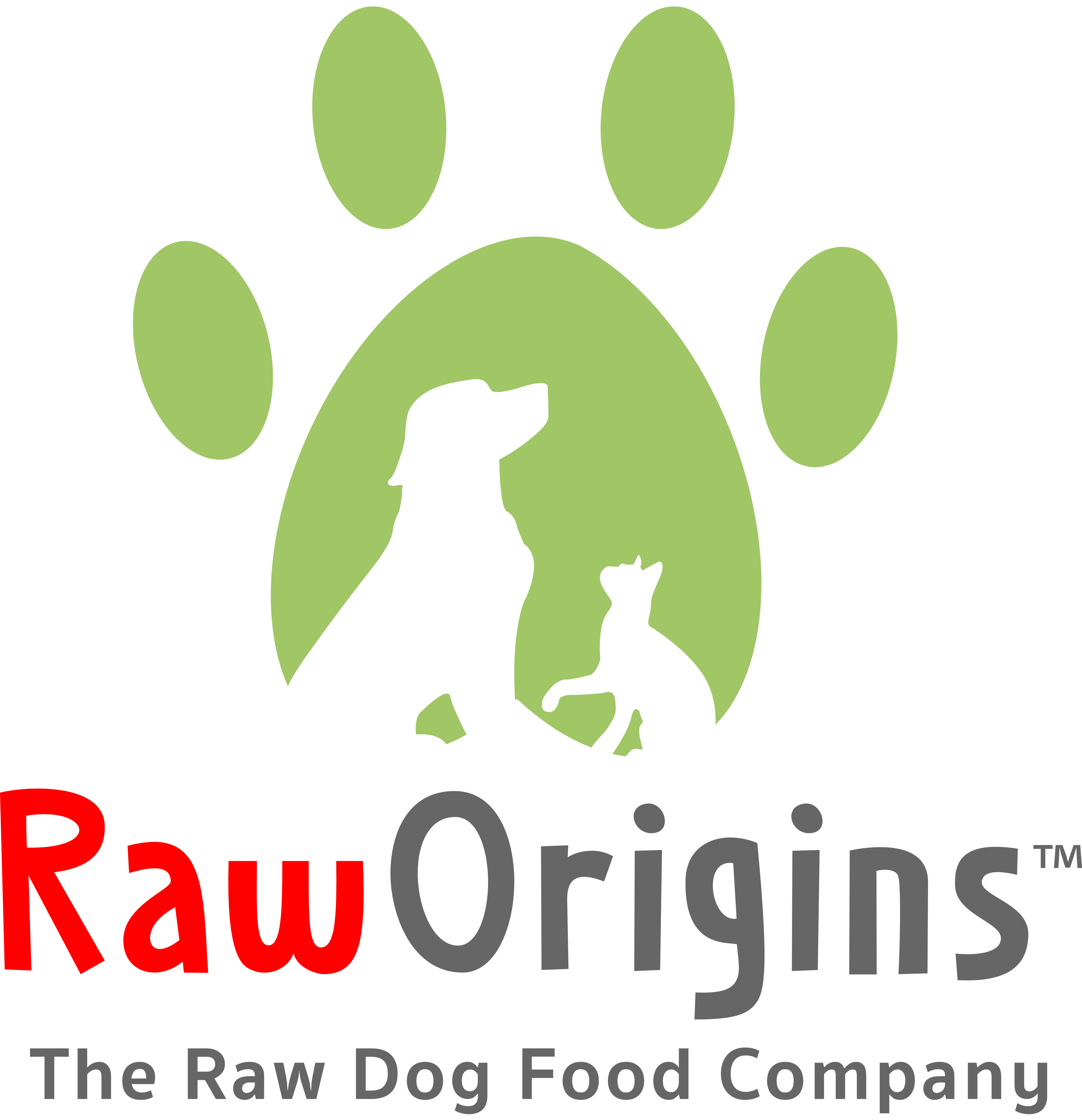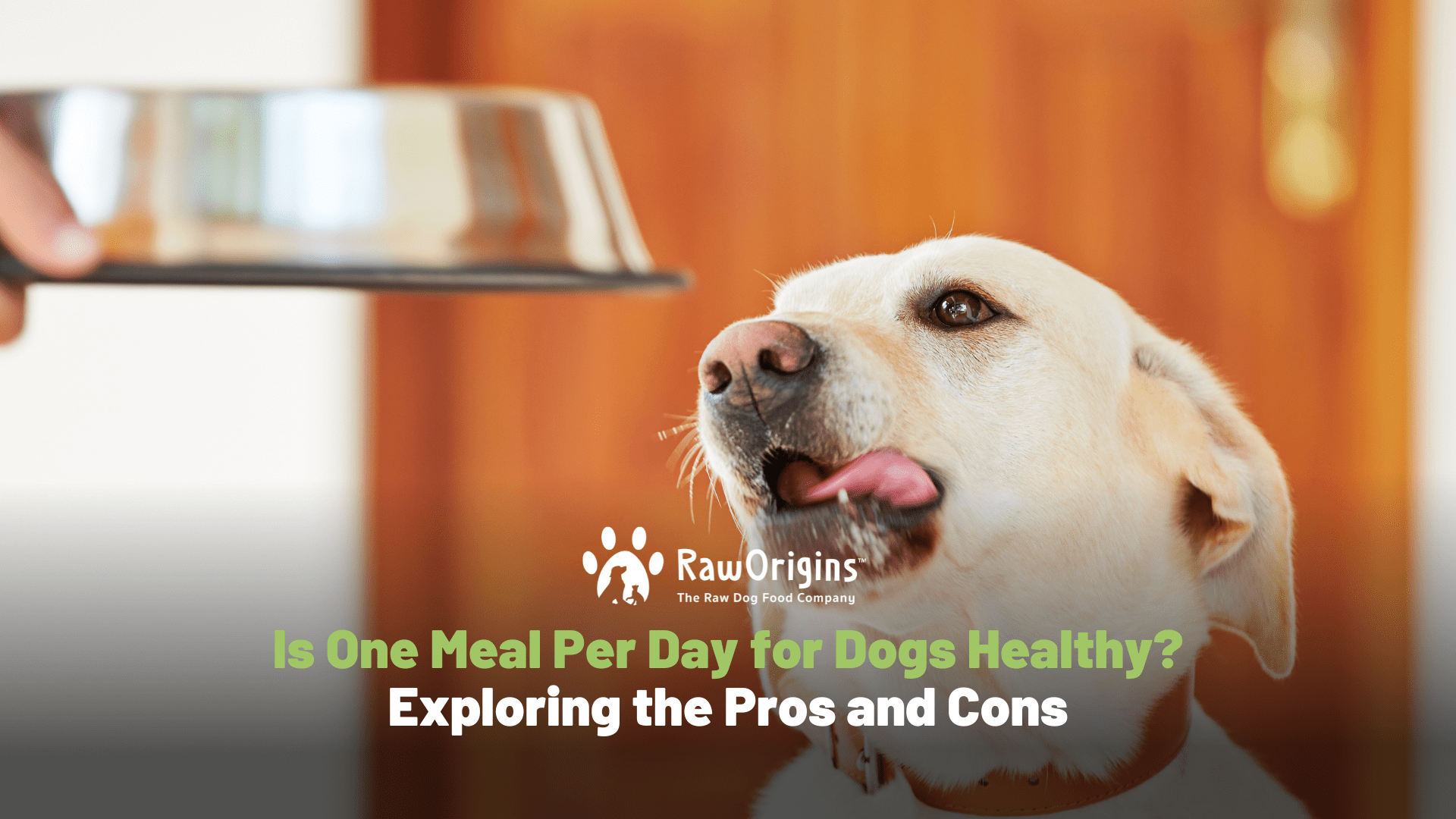Feeding your dog is crucial for their health and well-being, but how often should you do it? Some pet owners feed their dogs multiple times a day, while others prefer one meal per day. Is this healthy? Let’s explore the pros and cons.
Pros of Feeding Your Dog Once a Day
Simplicity, Natural Feeding Patterns, and Weight Management
Feeding your dog once a day can simplify your daily routine, making it easier to monitor their food intake. This approach is beneficial for busy pet owners who may struggle with multiple-meal schedules. Additionally, it mimics the natural feeding patterns of canine ancestors like wolves, who often consumed large meals infrequently. For some dogs, this can align with their instincts and natural behavior. Furthermore, a single meal can help with weight management by controlling portion sizes and reducing the risk of overeating and obesity-related health issues.
Cons of Feeding Your Dog Once a Day
Overeating, Hunger, and Nutritional Imbalance
Feeding a single large meal can increase the risk of overeating and bloat, a serious condition where the stomach fills with gas and can twist. This is particularly dangerous for larger breeds. Additionally, dogs might struggle with hunger and become more prone to begging, scavenging, or displaying food-related aggression. Regular, smaller meals can help keep hunger at bay and maintain stable blood sugar levels, promoting better behavior and energy. Moreover, ensuring a well-balanced diet in one meal can be challenging, potentially leading to nutritional imbalances. Divided portions may help maintain optimal health by providing all necessary nutrients.
Factors to Consider
Age, Health, Breed, and Activity Level
Puppies, senior dogs, and dogs with certain health conditions may require more frequent feeding to maintain their health. Always consult with your veterinarian to determine the best feeding schedule for your dog’s specific needs. Larger breeds may be more susceptible to bloat, while smaller breeds might manage better with one meal a day. Understanding your dog’s breed-specific requirements can help tailor their feeding schedule for optimal health. Highly active dogs might benefit from more frequent meals to sustain their energy levels throughout the day. Conversely, less active dogs might do well with a single meal, as long as their nutritional needs are met.
Whether to feed your dog once or multiple times a day depends on their age, health, breed, and activity level. While one meal a day can be convenient and mimic natural feeding patterns, it also has risks. Consult with your vet to find the best feeding schedule for your dog to ensure they stay healthy and happy.

